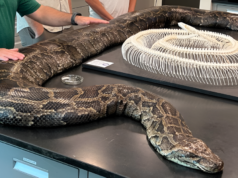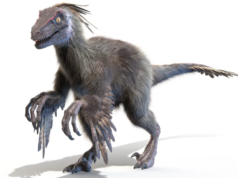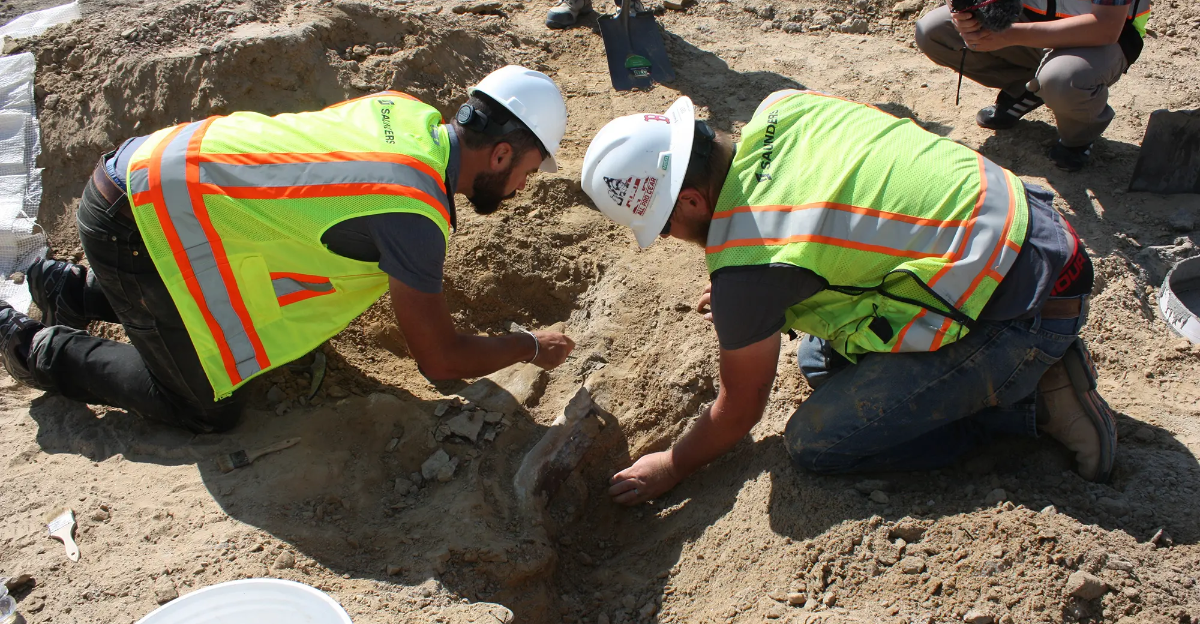
Deep beneath the vast Siberian tundra, a mysterious relic from a forgotten era has emerged perfectly preserved yet silent for over 30,000 years. This enigmatic discovery, buried deep within the permafrost, sparks intense curiosity about what secrets it might hold. Scientists and explorers are captivated by the possibility of uncovering untold stories in the ice.
What can this frozen time capsule reveal about Earth’s distant past? Could it illuminate ancient climates, ecosystems, or even extinct species? The woolly rhinoceros, a giant beast of the Ice Age, has long been known only through fossils and fragmented remains. This discovery offers a rare chance to peer directly into prehistoric life frozen in time. The mystery of its preservation and what it can teach us about a world that has long vanished invites us to explore further.
Why This Discovery Matters
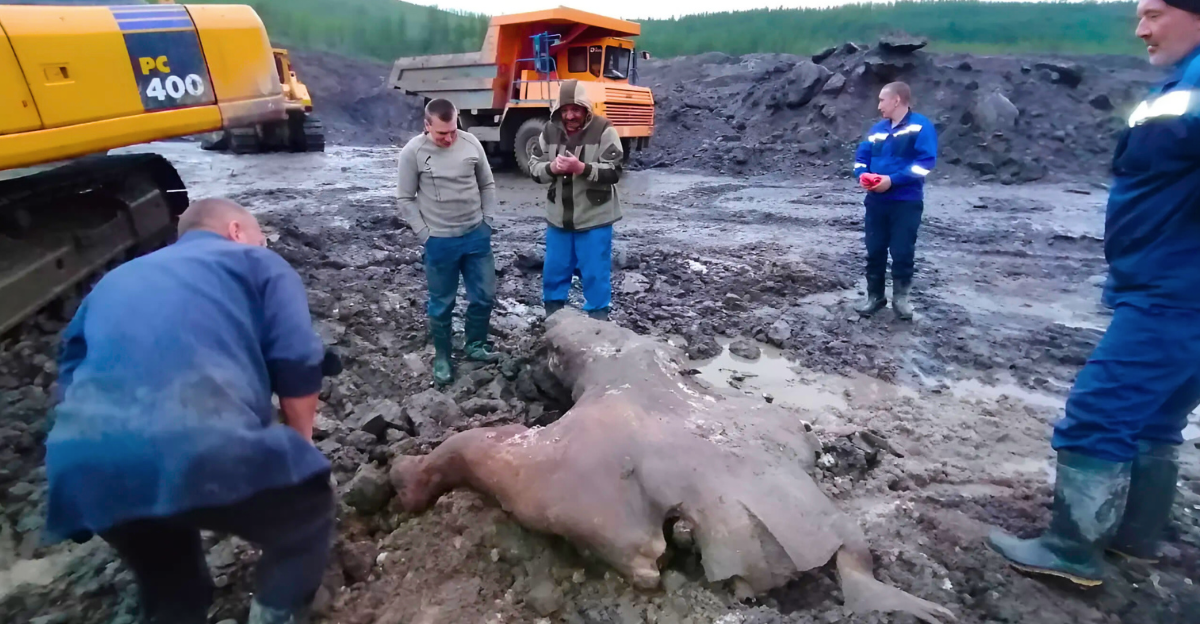
This remarkable find is far more than a scientific curiosity; it connects us to a time when Earth’s climate and ecosystems were vastly different from today. During the Ice Age, massive glaciers covered much of the northern hemisphere, and cold-adapted species thrived in frozen landscapes. Understanding these ancient conditions helps scientists explore how life adapted to extreme environments and provides critical insights into how species might respond to current and future climate change.
The woolly rhino’s preservation offers a unique window into the past, revealing details about its biology, diet, and habitat that fossils alone cannot provide. Moreover, this discovery raises important questions about the resilience and vulnerability of ecosystems facing rapid environmental shifts. Researchers hope to predict better how modern ecosystems will cope with accelerating climate change by studying such specimens.
A Glimpse Into a Lost World
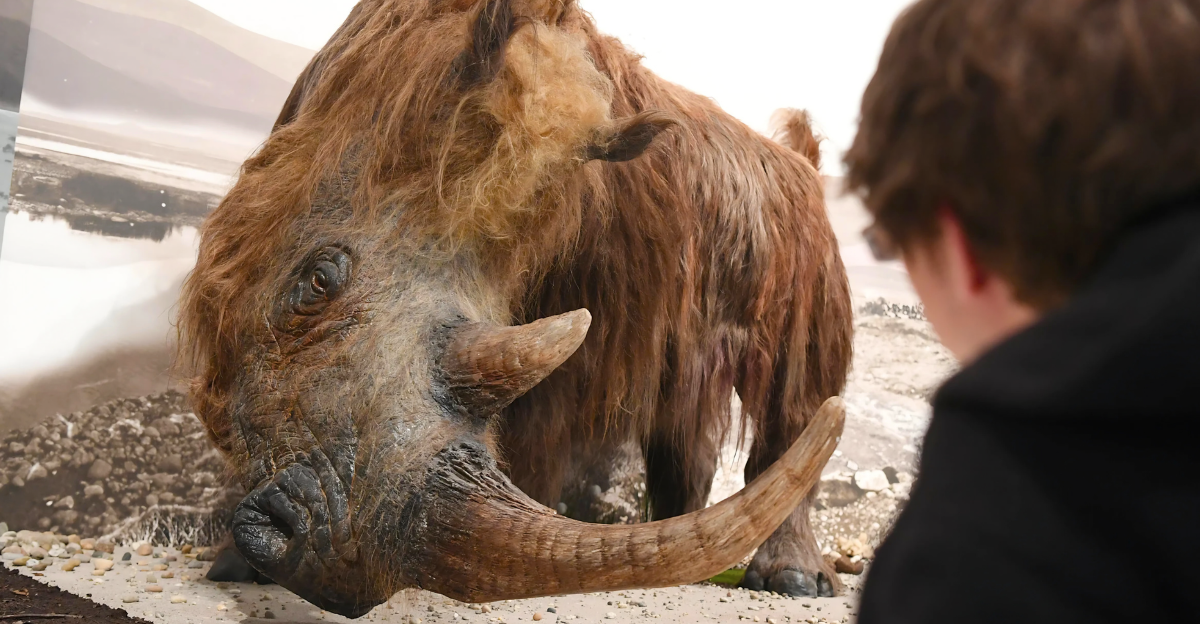
Imagine a prehistoric world where giant beasts roamed the frozen wilderness creatures now known only through ancient cave paintings and fossil fragments. The woolly rhinoceros was one of these giants, a massive herbivore adapted to the harsh Ice Age environment. It lived alongside iconic megafauna such as mammoths and saber-toothed cats, forming a complex ecosystem in the cold tundra. This discovery offers a rare chance to connect with those ancient creatures on a much more intimate level.
The juvenile rhino, preserved with skin, fur, and even internal organs intact, speaks across millennia, telling a story of survival in a frozen world. Such finds help bring prehistoric ecosystems to life, allowing scientists and the public to better understand the diversity and complexity of life during the Ice Age.
The End of an Era
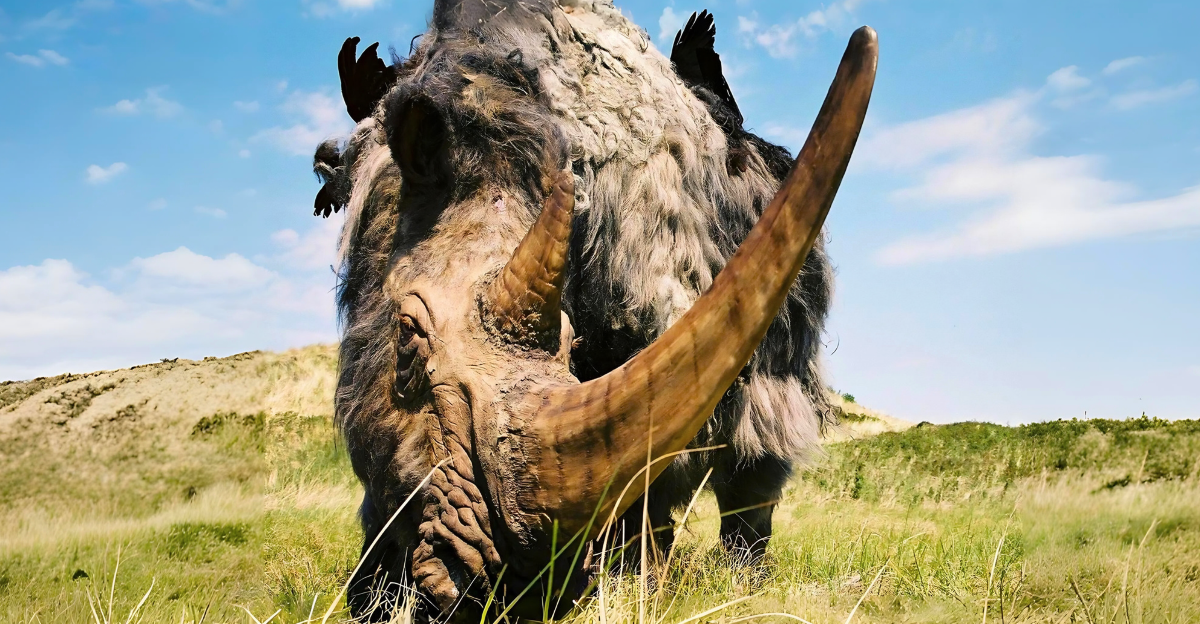
As the last Ice Age drew to a close roughly 12,000 years ago, the Earth’s climate warmed, glaciers retreated, and ecosystems transformed dramatically. These changes spelled the end for many majestic Ice Age animals, including the woolly rhinoceros. Their extinction marked a profound shift in biodiversity and ecological balance. For tens of thousands of years, these creatures were lost to history until now. The melting permafrost of Siberia, accelerated by modern climate change, reveals their stories again.
While this offers unprecedented scientific opportunities, it also signals rapid environmental changes threatening the Arctic and global ecosystems. The thawing ground is both a window into the past and a warning about the future, highlighting the fragile balance between climate, life, and survival on Earth.
The Remarkable Find Revealed
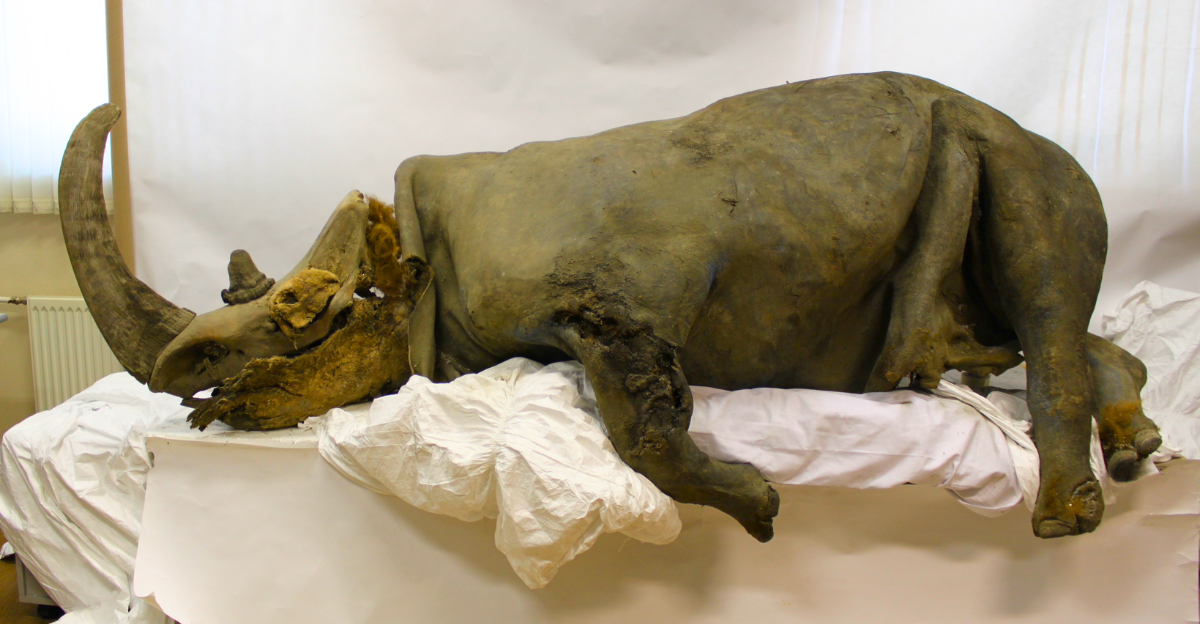
Scientists have unearthed a juvenile woolly rhinoceros, preserved with astonishing detail skin, fur, and even internal organs that remain intact after more than 30,000 years of freezing in Siberia’s permafrost. Estimated to be around three to four years old at death, this specimen is among the best-preserved woolly rhinos ever discovered. Its intact soft tissues and horns are invaluable for advanced genetic, biological, and ecological research.
Such preservation allows scientists to study the animal’s physiology and health in ways impossible with fossilized bones alone. This find opens new doors to understanding Ice Age megafauna and their adaptations to cold climates. It also raises hopes for future discoveries illuminating prehistoric species’ evolutionary history and extinction processes.
Insights From the Arctic
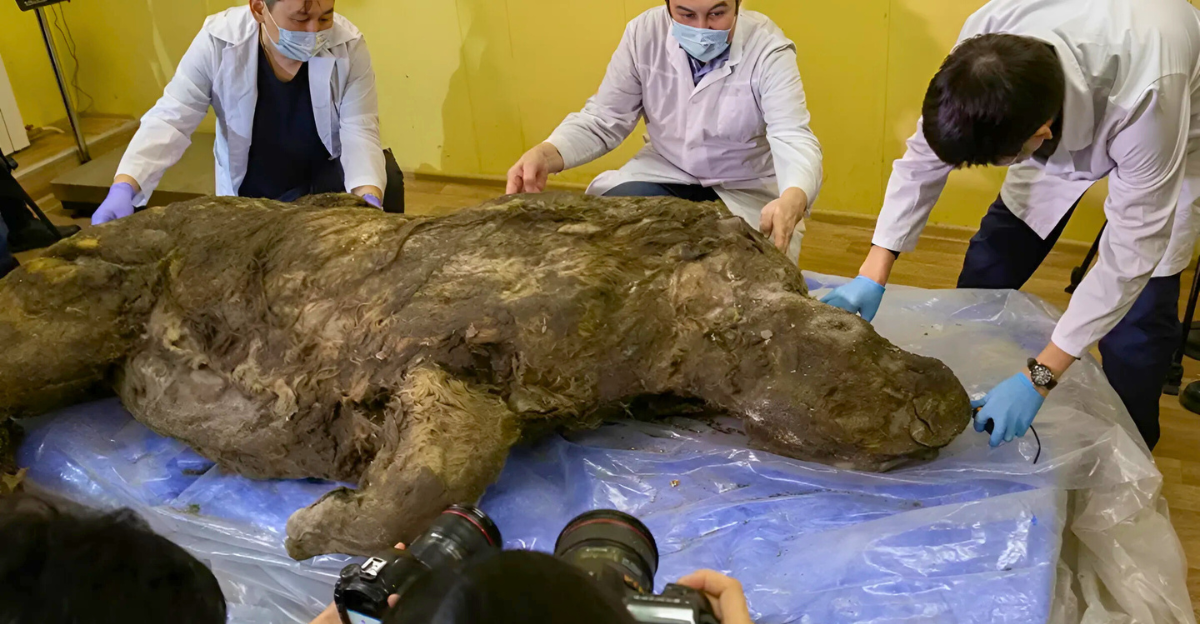
The woolly rhino was discovered in the remote Oymyakonsky District of Russia, one of the coldest inhabited places on Earth. This region’s extreme climate and deep permafrost created ideal conditions for preserving ancient remains. The specimen offers a rare glimpse into the Ice Age Arctic ecosystem when vast grasslands supported large herbivores and their predators.
Today, the Arctic is warming at more than twice the global average rate, causing permafrost to thaw and ecosystems to shift rapidly. This discovery enriches our understanding of past biodiversity and underscores the urgency of studying and protecting Arctic environments. As the climate crisis accelerates, such finds become critical for tracking environmental change and its impacts on fragile northern ecosystems.
Human Discovery and Preservation
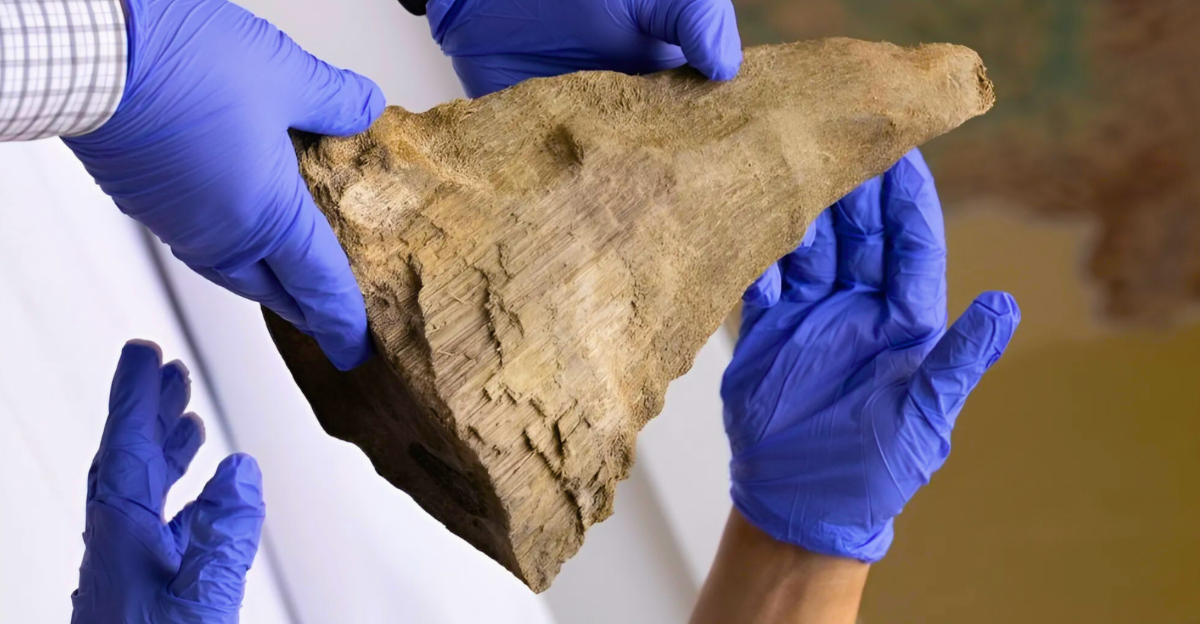
Local gold miners working in Siberia’s permafrost accidentally discovered the woolly rhino. Their find highlights the complex relationship between human activity and preserving ancient history beneath our feet. While mining and industrial development can threaten archaeological and paleontological sites, collaboration between local communities and scientists helps protect and study these invaluable remains.
Agreements have been made to ensure such discoveries receive proper scientific attention and conservation. This partnership exemplifies how local knowledge and global research efforts can combine to safeguard Earth’s prehistoric heritage while respecting the livelihoods of those living in these remote regions.
Scientific Competition and Collaboration
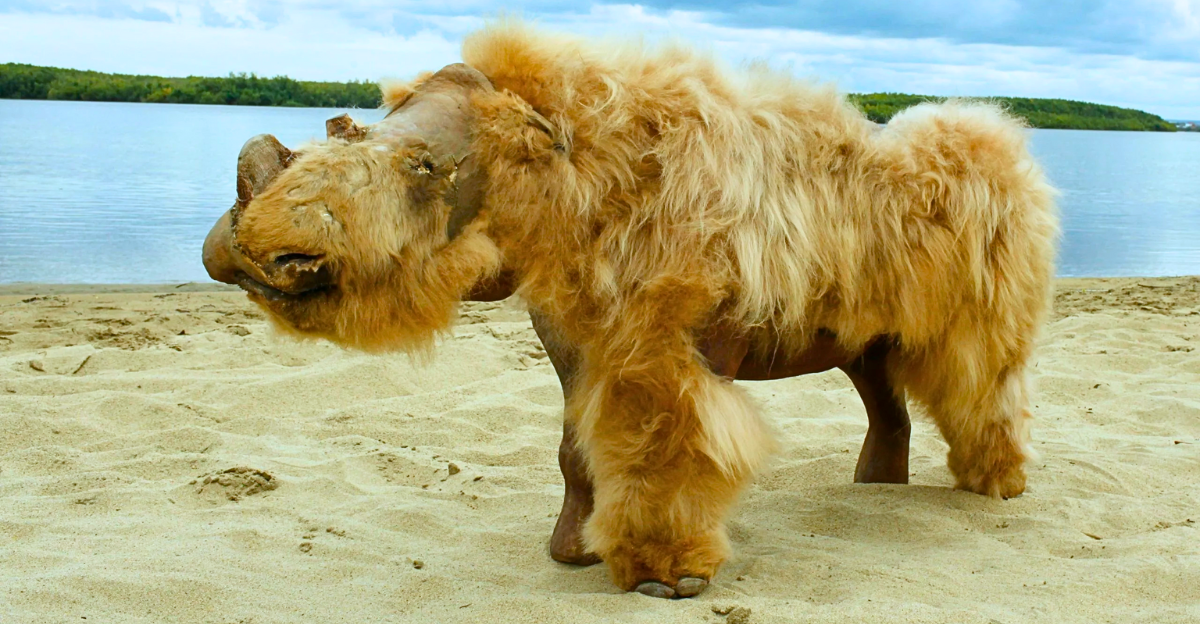
The race to study rare specimens like this woolly rhino intensifies as researchers worldwide seek to unlock secrets about prehistoric life, genetics, and climate adaptation. Such discoveries provide unprecedented opportunities to understand evolution, species resilience, and extinction processes. Laboratories employ cutting-edge techniques like DNA sequencing and isotopic analysis to glean insights from the preserved tissues.
While team competition is intense, collaboration is equally vital, fostering knowledge exchange and maximizing scientific returns. The woolly rhino’s discovery thus represents not only a breakthrough in paleontology but also a catalyst for advancing interdisciplinary research that could reshape our understanding of life’s history on Earth.
Climate Change and Revealed Histories
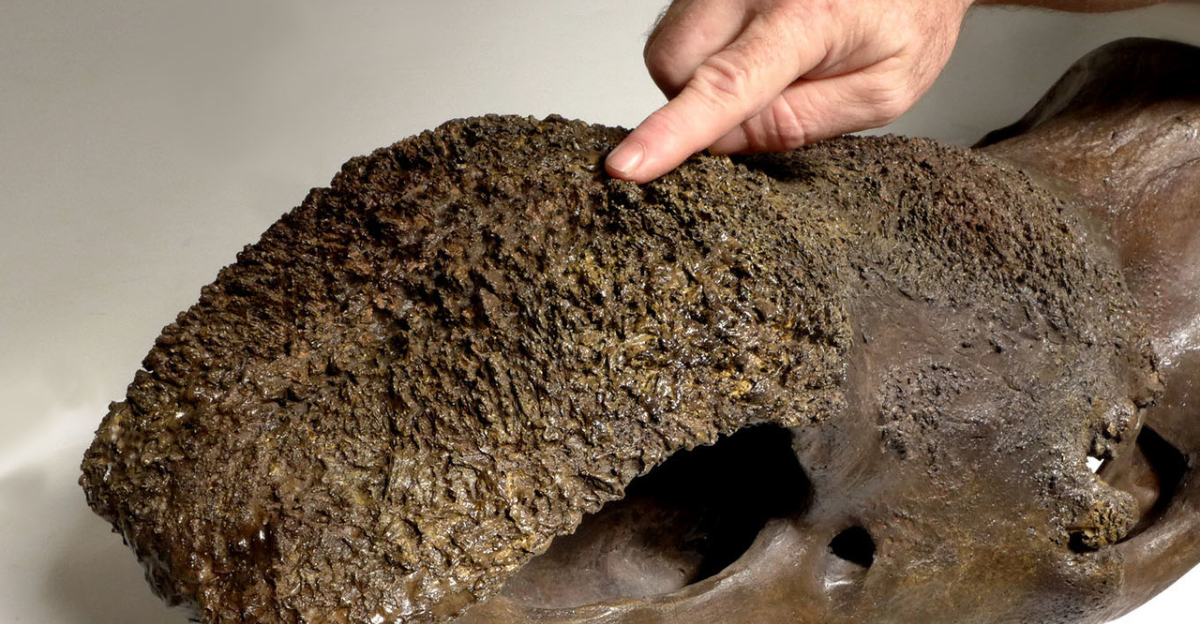
Just as human habits and societies evolve, so does Earth’s climate, often with profound consequences. The melting of Siberia’s permafrost reveals frozen treasures like this woolly rhino, providing scientists with invaluable data about past ecosystems. However, this thaw also serves as a stark warning: irreversible changes are underway, threatening ecosystems worldwide.
As ancient remains surface, they remind us of the delicate balance between climate and life. These discoveries underscore the urgency of addressing climate change to preserve biodiversity and prevent further loss. The frozen past, now exposed, offers lessons for the future, highlighting the resilience and vulnerability of life on Earth.
What Lies Ahead?
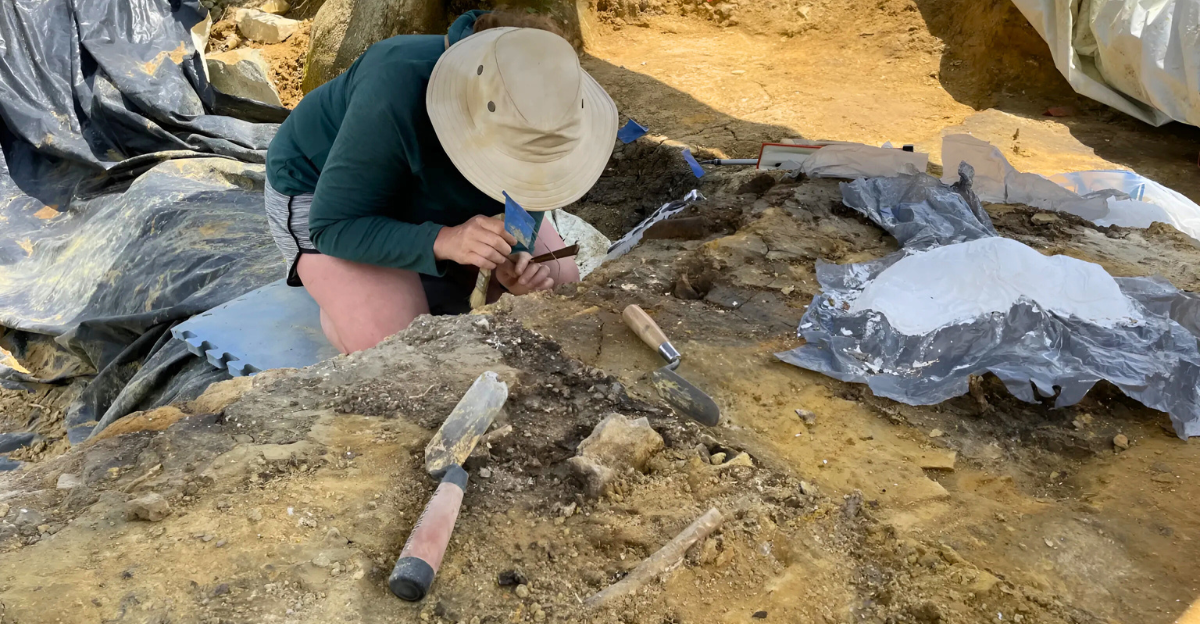
What lessons will this woolly rhino impart about survival, extinction, and resilience? As the Arctic continues to warm, more frozen time capsules may emerge, potentially rewriting the life story on Earth. Each discovery offers a piece of the puzzle, helping scientists understand how species adapted or failed to adapt to past climate shifts.
These insights could inform conservation strategies for today’s endangered species facing environmental upheaval. The woolly rhino’s frozen legacy invites us to reflect on our planet’s past and consider how we might protect its future. Will humanity heed these lessons, or will we witness further biodiversity loss? The story of this ancient giant is only beginning to unfold.


